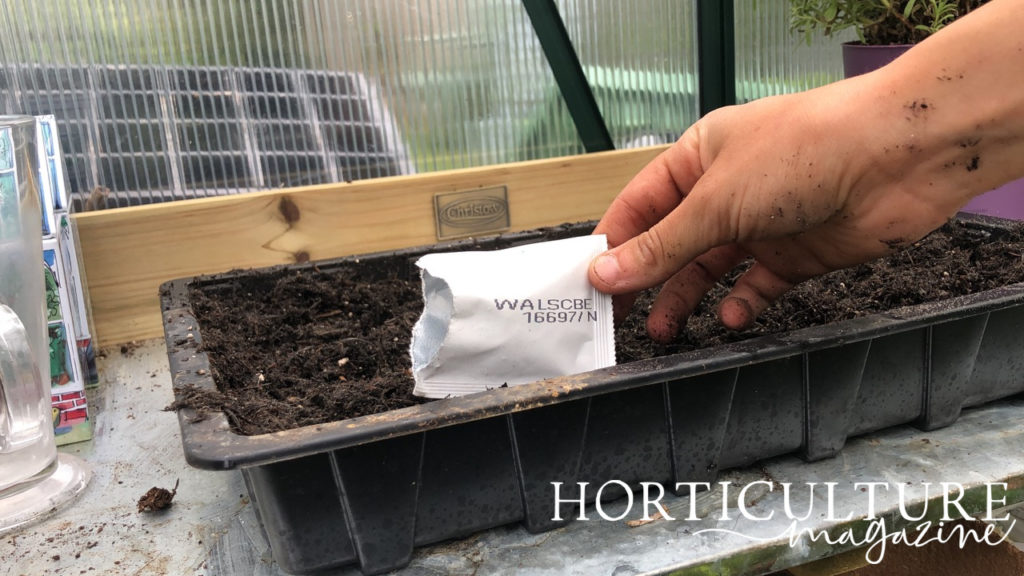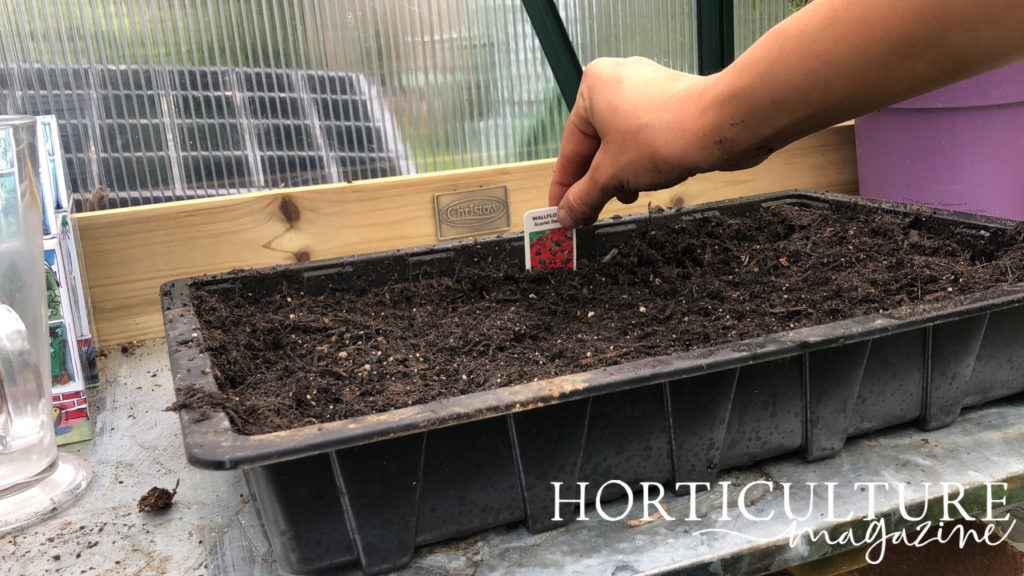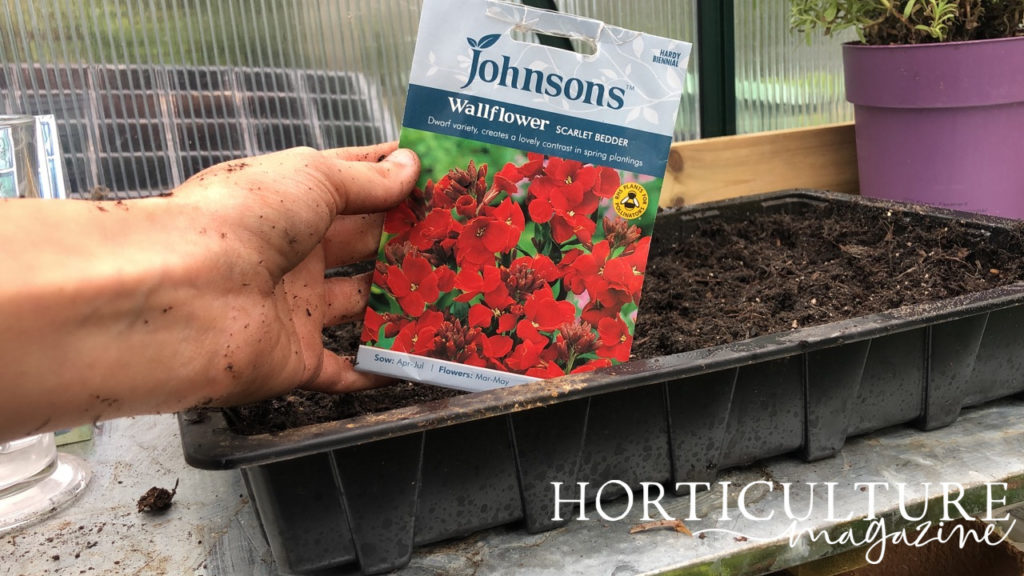How Biennial Wallflowers Are Typically Grown From Seed (Or Via Plug Plants)

PERENNIALS > ERYSIMUM > SOWING

Elizabeth is a Permaculture Garden Designer, Sustainability Consultant and Professional Writer, working as an advocate for positive change. She graduated from the University of St. Andrews with an MA in English and Philosophy and obtained a Diploma in Applied Permaculture Design from the Permaculture Association.
Reviewed By COLIN SKELLY

Colin is a Horticulturist and Horticultural Consultant with experience in a range of practical and managerial roles across heritage, commercial and public horticulture. He holds the Royal Horticultural Society’s Master of Horticulture award and has a particular interest in horticultural ecology and naturalistic planting for habitat and climate resilience.
Contributions From EMILY CUPIT

Emily is a Gardening Writer, Photographer and Videographer from Derbyshire, UK. She is the Founder of Emily's Green Diary - a community of more than 75,000 people who share in her gardening journey.
IN THIS GUIDE
ERYSIMUM GUIDES
Erysimum, also known as wallflowers, can be either perennial, biennial or annual and they can make great additions to many different gardens.
Biennial wallflowers are the most common ones to grow.
Typically called bedding wallflowers, these are usually grown from seed, though you can also purchase plug plants.
To grow biennial bedding wallflowers from seed:
- Sow seeds into a seed tray filled with a suitable seed-starting potting mix.
- Place somewhere relatively cool but sheltered.
- After 4-5 weeks, prick out seedlings and pot on into their own individual containers.
- Plant out in the garden in autumn or the following spring.
Read about this process in more detail below.
When To Sow Erysimum
Wallflower seeds are sown in the spring, typically between March and May.

These plants are biennial, so you will need to tend your young plants throughout the summer, autumn and winter before you are rewarded with flowers the following spring.
1) Sow Wallflower Seeds

Fill a seed tray with a suitably moist yet free-draining seed-starting compost, which is also peat-free.
Then, sow your seeds sparsely into the surface of this medium, before covering them lightly with a fine layer of the potting mix.
“When I first started gardening, we used to sow biennial wallflowers in seed beds outdoors,” shares Master Horticulturist Colin Skelly.
“In the autumn, we would dig them up and transplant them to their final planting position.
“Erysimum grown in a similar way in nurse beds are sold as bare-root perennials in the autumn from garden centres and by post.
“If you want to grow quite a few Erysimum, this could be a useful technique to use at home.”
2) Place Tray In A Suitable Spot

Place the tray in a cold frame or in a sheltered location outdoors and wait for germination to take place.
Make sure that the medium stays moderately moist during this time.
3) Prick Out Seedlings & Pot On
After 4-5 weeks, the seeds should have germinated and the seedlings will be large enough to handle.

Holding each one by a leaf, gently prick them out and place them into their own individual pots to grow on until they are ready to plant out.
Make sure that you tend the young plants, watering when required over the summer.
4) Plant Out In Autumn / Spring
You can then plant out your young plants in autumn or keep them in their pots and plant them out the following spring.

You should expect these biennial spring bedding plants to flower in the spring, around a year after sowing.
